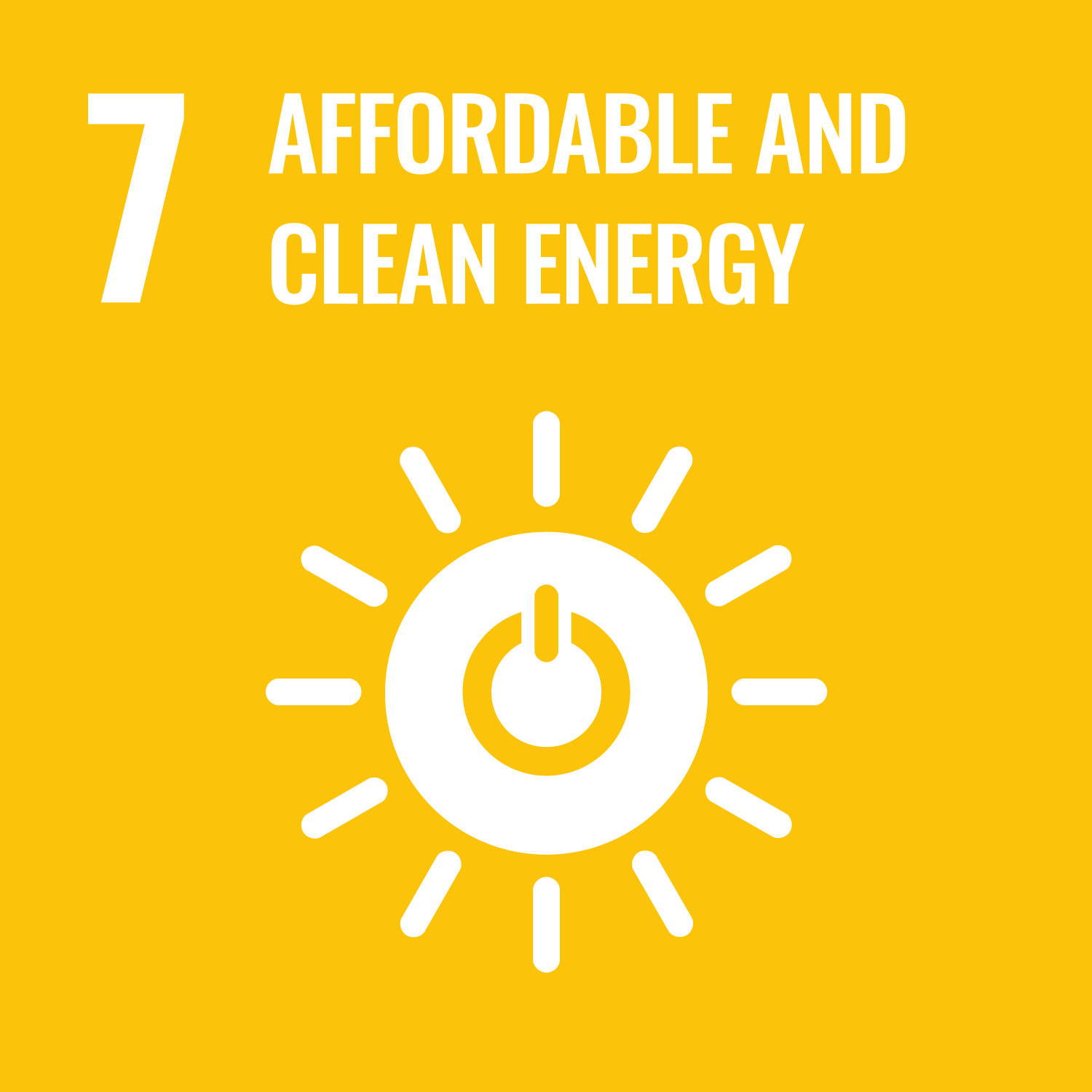ORCID
- Daniel Coles: 0000-0002-5676-4849
Abstract
Resource quantification is vital in developing a tidal stream energy site but challenging in high energy areas. Drone-based large-scale particle image velocimetry (LSPIV) may provide a novel, low cost, low risk approach that improves spatial coverage compared to ADCP methods. For the first time, this study quantifies performance of the technique for tidal stream resource assessment, using three sites. Videos of the sea surface were captured while concurrent validation data were obtained (ADCP and surface drifters). Currents were estimated from the videos using LSPIV software. Variation in accuracy was attributed to wind, site geometry and current velocity. Root mean square errors (RMSEs) against drifters were 0.44 m s−1 for high winds (31 km/h) compared to 0.22 m s−1 for low winds (10 km/h). Better correlation was found for the more constrained site (r2 increased by 4%); differences between flood and ebb indicate the importance of upstream bathymetry in generating trackable surface features. Accuracy is better for higher velocities. A power law current profile approximation enables translation of surface current to currents at depth with satisfactory performance (RMSE = 0.32 m s−1 under low winds). Overall, drone video derived surface velocities are suitably accurate for “first-order” tidal resource assessments under favourable environmental conditions.
DOI Link
Publication Date
2022-01-01
Publication Title
Renewable Energy
Volume
196
ISSN
0960-1481
Acceptance Date
2022-07-01
Deposit Date
2024-04-24
Embargo Period
2022-08-24
First Page
839
Last Page
855
Recommended Citation
Fairley, I., Williamson, B., McIlvenny, J., King, N., Masters, I., Lewis, M., Neill, S., Glasby, D., Coles, D., Powell, B., Naylor, K., Robinson, M., & Reeve, D. (2022) 'Drone-based large-scale particle image velocimetry applied to tidal stream energy resource assessment', Renewable Energy, 196, pp. 839-855. Available at: 10.1016/j.renene.2022.07.030


